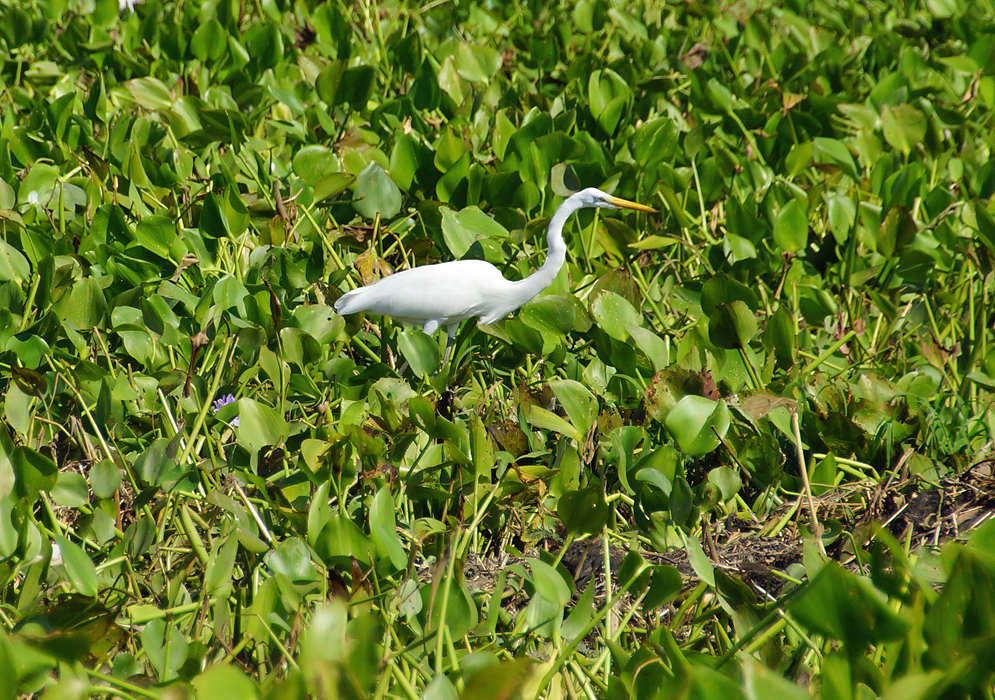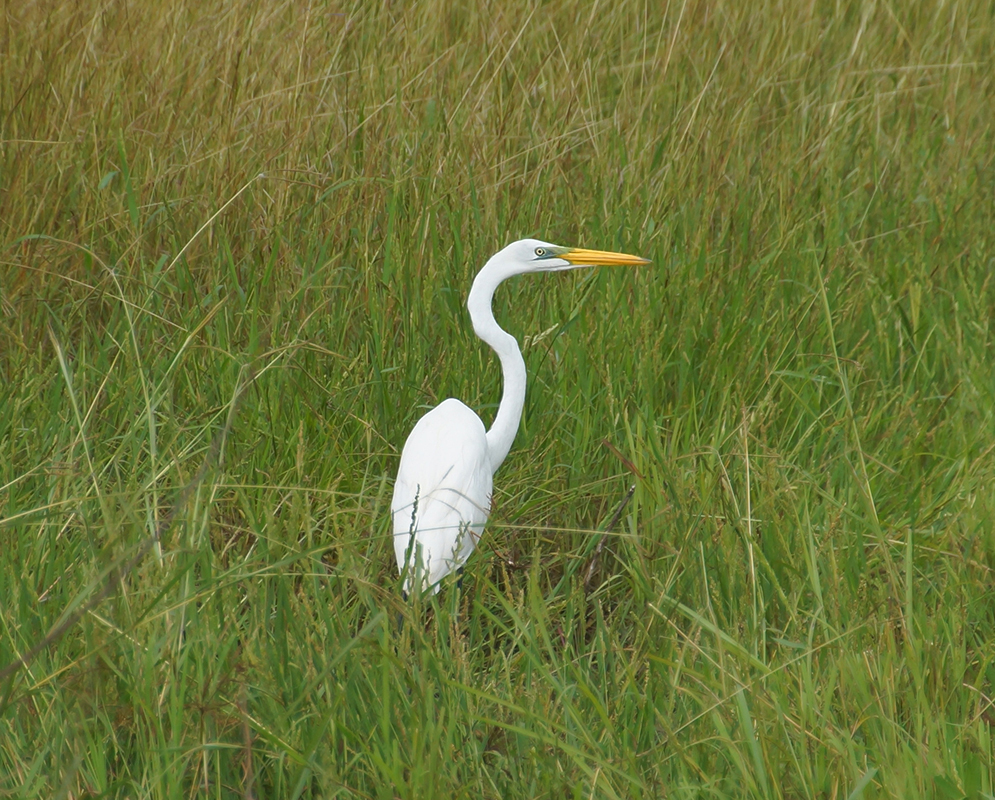This post has 11 Simple Fields-fields attached. Show fields.

The Great Egret, is a large and widely distributed egret species. In North America, their range extends as far south as Texas, the Gulf Coast states, and Florida, and northward up the Atlantic coast to Maine and southern Canada, west to the Great Lakes. Globally, the Great Egret inhabits various regions, including Asia, Africa, the Americas, and southern Europe, with recent expansions into more northern areas of Europe. Four subspecies are recognized: A. a. alba in Europe and the Palearctic, A. a. egretta in the Americas, A. a. melanorhynchos in Africa, and A. a. modesta in Asia and Australasia. Physically, Great Egrets are characterized by their all-white plumage, standing up to 3.3 feet tall, with a body length ranging from 31 to 41 inches, and a wingspan of 52 to 67 inches. They weigh between 1.5 to 3.3 pounds, with an average weight around 2.2 pounds. They can be distinguished from other white egrets by their yellow bill and black legs and feet, though these colors may vary during the breeding season. During flight, their necks assume an "S" shape, and their elegant lace-like plumage is particularly noticeable. Great Egrets are adaptable birds, thriving in a variety of wetland habitats, including streams, lakes, ponds, mudflats, and both saltwater and freshwater marshes. They are also found in wooded swamps and wetlands, which they prefer. In urban and residential areas, they are frequently observed around ponds, lakes, roadside ditches, and brackish areas, often wandering in search of food. They usually nest in trees or shrubs near water, sometimes in thickets some distance from water, and often in colonies alongside other heron species. The Great Egret has a stable population, estimated at around 200,000 in North America and 2.2 million worldwide. They are classified as Least Concern by the IUCN.









